-
 Bitcoin
Bitcoin $116400
-1.69% -
 Ethereum
Ethereum $3731
2.87% -
 XRP
XRP $3.119
-1.00% -
 Tether USDt
Tether USDt $1.000
-0.04% -
 BNB
BNB $774.0
1.01% -
 Solana
Solana $181.0
-2.25% -
 USDC
USDC $1.000
0.02% -
 Dogecoin
Dogecoin $0.2314
-2.16% -
 TRON
TRON $0.3145
1.76% -
 Cardano
Cardano $0.8087
0.22% -
 Hyperliquid
Hyperliquid $43.01
0.68% -
 Stellar
Stellar $0.4247
-0.93% -
 Sui
Sui $3.758
1.42% -
 Chainlink
Chainlink $18.30
1.99% -
 Bitcoin Cash
Bitcoin Cash $551.4
5.66% -
 Hedera
Hedera $0.2482
3.08% -
 Avalanche
Avalanche $23.70
0.18% -
 Litecoin
Litecoin $115.1
2.44% -
 UNUS SED LEO
UNUS SED LEO $8.972
-0.36% -
 Shiba Inu
Shiba Inu $0.00001370
0.73% -
 Toncoin
Toncoin $3.146
0.74% -
 Ethena USDe
Ethena USDe $1.001
-0.03% -
 Uniswap
Uniswap $10.49
3.95% -
 Polkadot
Polkadot $4.044
1.42% -
 Monero
Monero $328.9
2.43% -
 Dai
Dai $0.9998
-0.03% -
 Bitget Token
Bitget Token $4.510
-1.10% -
 Pepe
Pepe $0.00001231
-1.68% -
 Aave
Aave $293.4
2.16% -
 Cronos
Cronos $0.1294
2.89%
which blockchain consensus algorithm aims to achieve
Proof-of-Work (PoW), a commonly used blockchain consensus algorithm, leverages a competitive mining process to ensure network security and transaction validity.
Oct 22, 2024 at 04:53 am

Blockchain Consensus Algorithms: A Detailed Guide
Consensus algorithms play a crucial role in maintaining the integrity and reliability of blockchain networks. They ensure that all nodes in the network agree on the validity of transactions and the state of the blockchain. Several consensus algorithms have been developed, each with its own advantages and drawbacks. This article provides a comprehensive overview of key blockchain consensus algorithms.
1. Proof-of-Work (PoW)
- Concept: Miners compete to solve complex cryptographic puzzles to earn the right to add a block to the blockchain.
Advantages:
- Decentralized and secure
- Proven technology with a long history
Disadvantages:
- Computationally intensive and energy-consuming
- Slow transaction processing times
2. Proof-of-Stake (PoS)
- Concept: Validators are selected based on the amount of cryptocurrency they hold (stake) to validate transactions and add blocks to the blockchain.
Advantages:
- More energy-efficient than PoW
- Faster transaction processing times
Disadvantages:
- Can lead to centralization if large stakeholders control too much of the stake
- Fewer staking opportunities for small holders
3. Delegated Proof-of-Stake (DPoS)
- Concept: Users delegate their staking power to a limited number of representatives called delegates. These delegates are responsible for validating transactions and producing blocks.
Advantages:
- Efficient and fast transactions
- Reduced energy consumption compared to PoW
Disadvantages:
- Can concentrate power in the hands of a few delegates
- May not be as decentralized as other consensus algorithms
4. Byzantine Fault Tolerance (BFT)
- Concept: Requires a majority of nodes to reach consensus before adding a block to the blockchain. This algorithm can tolerate up to a certain percentage of faulty or malicious nodes.
Advantages:
- High transaction throughput and scalability
- Suitable for applications that require high availability and fault tolerance
Disadvantages:
- More computationally intensive than other algorithms
- Can be centralized if a small number of nodes control the majority stake
5. Proof-of-Capacity (PoC)
- Concept: Instead of solving puzzles or staking coins, miners use available hard drive space to store data blocks for proof of their work and maintain the blockchain.
Advantages:
- Lower energy consumption than PoW
- Can be implemented on resource-constrained devices
Disadvantages:
- Requires significant storage space
- May be less secure than other algorithms
6. Proof-of-Elapsed Time (PoET)
- Concept: Utilizes a trusted execution environment (TEE) to generate random delays. The node with the shortest delay is chosen to produce the next block.
Advantages:
- Energy-efficient and low-resource intensive
Disadvantages:
- Requires specialized hardware with TEE support, limiting adoption
Disclaimer:info@kdj.com
The information provided is not trading advice. kdj.com does not assume any responsibility for any investments made based on the information provided in this article. Cryptocurrencies are highly volatile and it is highly recommended that you invest with caution after thorough research!
If you believe that the content used on this website infringes your copyright, please contact us immediately (info@kdj.com) and we will delete it promptly.
- Pump, Bonk, Buyback: A Wild Ride in Crypto Town!
- 2025-07-25 19:10:12
- Punisher Coin, Dogecoin, Shiba Inu: Meme Coin Mania in the 2025 Crypto Landscape
- 2025-07-25 19:10:12
- Celestia's Token Control: Buyback & Staking Overhaul in Focus
- 2025-07-25 19:50:11
- Altcoins, Bitcoin, and Crypto Coins: What's Hot in the NYC Crypto Scene?
- 2025-07-25 19:55:52
- Litecoin Price Breakout Imminent? Rally Potential Explored!
- 2025-07-25 17:30:12
- Ether ETFs Surge, Bitcoin Wobbles: Is an ETH Breakout Imminent?
- 2025-07-25 16:50:12
Related knowledge
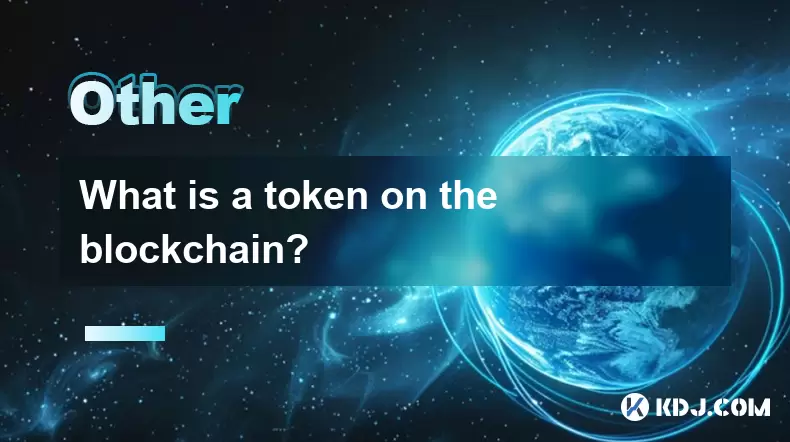
What is a token on the blockchain?
Jul 21,2025 at 07:00am
Understanding the Concept of a TokenIn the realm of blockchain technology, a token is a digital representation of an asset or utility that exists on a...
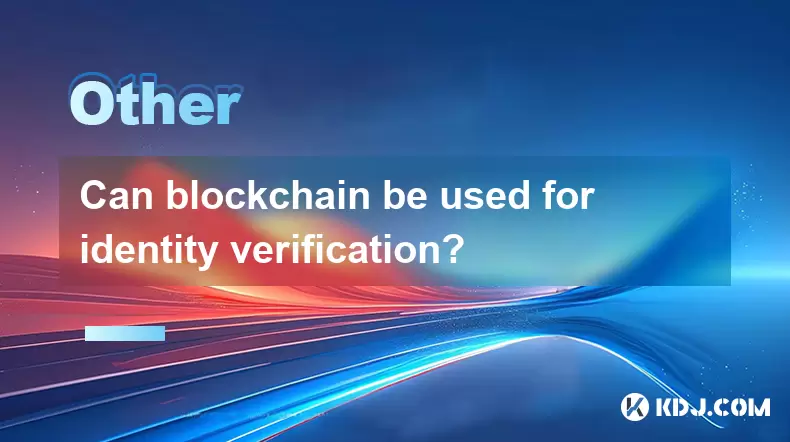
Can blockchain be used for identity verification?
Jul 18,2025 at 02:14pm
Understanding Identity Verification in the Digital AgeIn the modern digital landscape, identity verification has become a critical component for ensur...
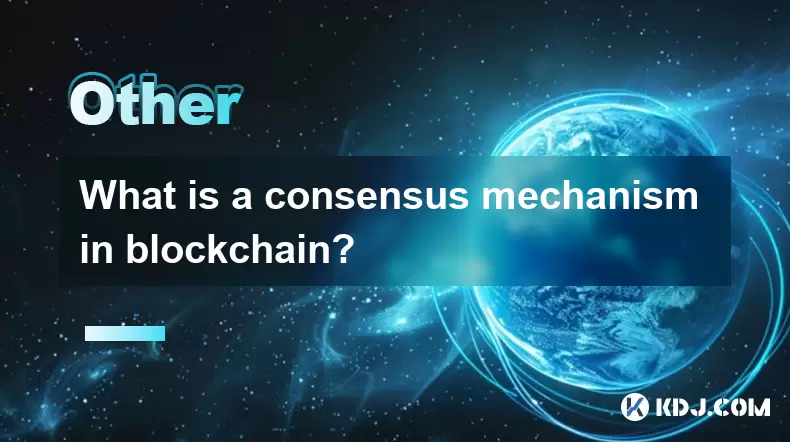
What is a consensus mechanism in blockchain?
Jul 21,2025 at 03:01am
Understanding the Basics of Consensus MechanismsA consensus mechanism is a critical component of any blockchain network. It refers to the process by w...
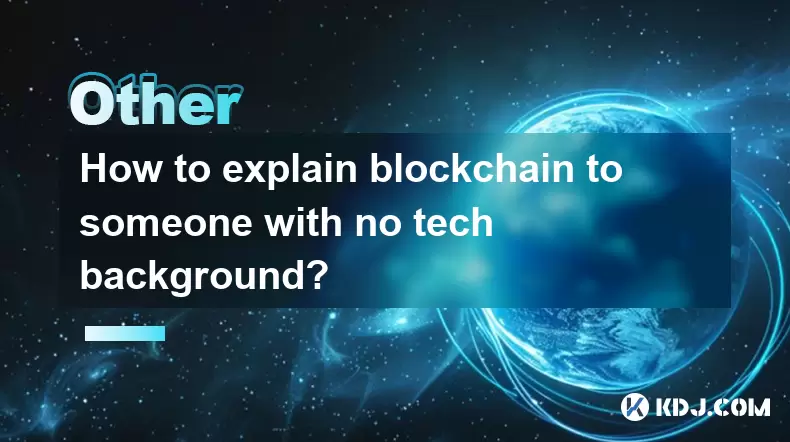
How to explain blockchain to someone with no tech background?
Jul 18,2025 at 11:08pm
Understanding the Basics of BlockchainTo explain blockchain to someone with no tech background, it's essential to start with simple analogies and avoi...

Who invented blockchain technology?
Jul 23,2025 at 01:28am
Origins of Blockchain TechnologyBlockchain technology did not emerge from a single inventor or institution. Instead, it evolved through a series of ac...
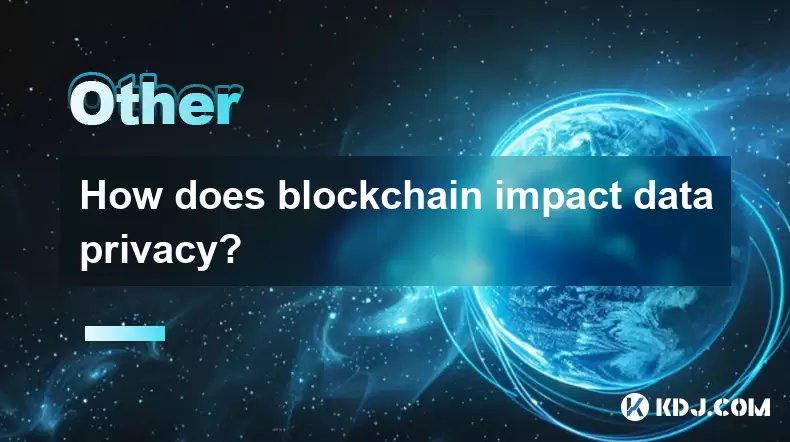
How does blockchain impact data privacy?
Jul 21,2025 at 02:21pm
Understanding the Role of Blockchain in Data PrivacyBlockchain technology, originally developed as the underlying infrastructure for cryptocurrencies ...

What is a token on the blockchain?
Jul 21,2025 at 07:00am
Understanding the Concept of a TokenIn the realm of blockchain technology, a token is a digital representation of an asset or utility that exists on a...

Can blockchain be used for identity verification?
Jul 18,2025 at 02:14pm
Understanding Identity Verification in the Digital AgeIn the modern digital landscape, identity verification has become a critical component for ensur...

What is a consensus mechanism in blockchain?
Jul 21,2025 at 03:01am
Understanding the Basics of Consensus MechanismsA consensus mechanism is a critical component of any blockchain network. It refers to the process by w...

How to explain blockchain to someone with no tech background?
Jul 18,2025 at 11:08pm
Understanding the Basics of BlockchainTo explain blockchain to someone with no tech background, it's essential to start with simple analogies and avoi...

Who invented blockchain technology?
Jul 23,2025 at 01:28am
Origins of Blockchain TechnologyBlockchain technology did not emerge from a single inventor or institution. Instead, it evolved through a series of ac...

How does blockchain impact data privacy?
Jul 21,2025 at 02:21pm
Understanding the Role of Blockchain in Data PrivacyBlockchain technology, originally developed as the underlying infrastructure for cryptocurrencies ...
See all articles

























































































